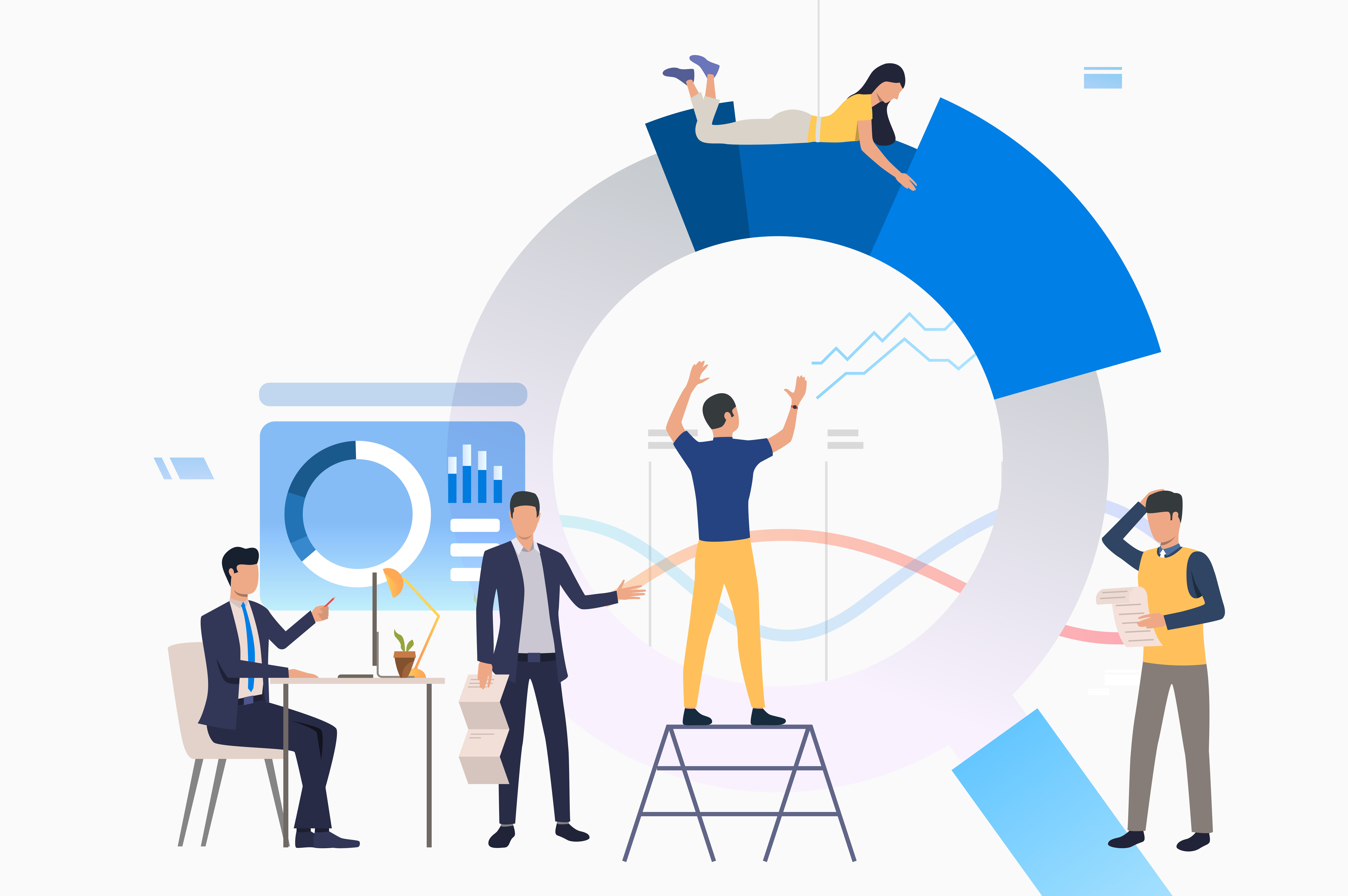In my 7th-grade keyboarding class, we used a program to teach us how to type. It was space-themed and led us through a series of exercises throughout the semester to improve our speed, efficiency, and accuracy. There were different games you could play, and my teacher would look at the leaderboards and hand out candy to students who topped the charts.
I already knew how to type semi-decently. But I was motivated by those little games, the glory of being on the leaderboard, and the ultimate reward—getting candy during a school day. I still get compliments on how fast I type.
It turns out, employees today aren’t all that different from the seventh-grader I was. And with “mission and vision-driven” millennials, who spent much of their youth in a digital environment on track to make up 75 percent of the workforce by 2025, companies must learn and adjust to engaging their employees.
I present to you as one of those millennials in the workforce, Benchmarking, and Gamification.
Benchmarking
Benchmarking is likely already something you’ve heard of. Benchmarking is “the process of comparing your own organization, its operations or processes against other organizations in your industry or in the broader marketplace.” Businesses often use benchmarking for products or processes and use specific measurements, such as time, cost, customer satisfaction, etc.
Internal benchmarking is another process most companies do to see what works and what doesn’t work for their specific teams. This allows you to roll out best practices for your team, but making sure you have a plan to measure those practices is just as important, which a People Intelligence tool can do for you.
Your company is probably already doing this behind the scenes. You may have scores of information on what business processes could be improved upon. How do you get your employees to work to achieve these new measures of success? Gamification.
Gamification
Gamification is “the use of game mechanics and psychology to drive certain behaviors within a target audience.” For a workplace, this would mean introducing competitive games to your employees that would reward them with incentives or prizes if they met specific standards related to your KPI’s, such as the number of cold calls made, number of new clients acquired, etc.
Success of Gamification
Gamification has been used in the workplace for quite a while, and successfully. Deloitte used Gamification back in the early 2010s for their training program. To incentivize employees to participate in their training program, the Deloitte Leadership Academy began using games across their platform that allowed employees to complete missions, earn badges, or compete on a visible leaderboard. By implementing gamification, Deloitte found a 37 percent increase in consistent user participation in their academy.
When to Use Gamification
If employee morale is low and engagement is in the trash can, that’s a good time to bring in gamification (or, preferably, before it). If you want your employees to feel more connected to their work, the company, and each other, bringing in a little friendly competition is a great way to re-motivate your employees to reach specific KPI’s.
When Not to Use Gamification
Put simply: Gamification should not be used for evil. You should not use it to hover over your employees and track their productivity disguising it as a “fun” way. Companies should use gamification because they want to invite their employees to become more engaged in their work and the company itself, drawing on extrinsic motivation's natural psychology (getting rewards). Doing so transparently increases productivity for everyone, helps the individual, and the company.
I want to get started with Gamification for meeting my company's business goals. How do I go about it?
When you decide to employ Gamification, make sure you know your reason why. Ensure you understand what specific KPIs and measurements you want to reach and the success measures for each of those. For example, one of your goals in the new year may be to respond to customer service inquiries faster. Set a plan for your team regarding how many customer service inquiry responses each team member should strive to complete each day, and make that clear. Decide how you will reward their success—whether that’s simply their name appearing on a leaderboard, a gift-card for record-breaking performance, or at the least, employee recognition in the form of shout outs or thank you notes.
Draw on companies who have used Gamification successfully. Microsoft increased user feedback from their companies by linking leaderboards to charity—meaning that the more a customer reported a bug during a test phase, the more money got donated to charity. In return, they got 16 times more bug reports and feedback than they usually would. You could do something similar for your team—the person who completes the most cold calls on the leadership board gets a donation to a charity of their choice.
Intertwining People Intelligence and Gamification
With a People Intelligence platform like Peoplelogic, you can look at aggregate data across all of the cloud tools your team is already using to assess where you are trending against KPIs, where your team is facing bottlenecks, and where employee engagement has dropped. From there, you can adequately evaluate which instances Gamification would be useful. If Gamification interests you, and you want to make sure you are using it in the right capacity, check out Peoplelogic. You can get started here with a 30-day free trial.
Recent Posts
Browse all articles


.svg)
.avif)


